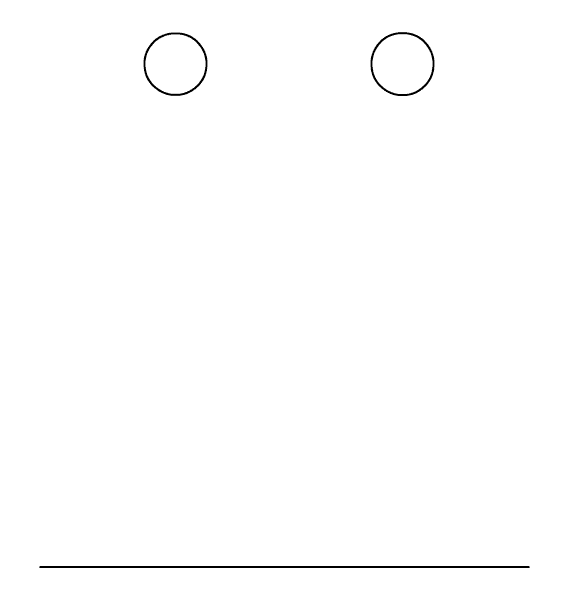5. Exaggeration
In animation, just following the rules of how objects move in the real world can often generate dull and stiff results. That is why a little bit of exaggeration is needed to create more interesting looking motion. Exaggeration means distorting an object’s shape, or redefining the timing and path of its movement so it is more extreme than it would be in real life. Exaggeration is used to make an object’s action, or a character’s intentions and emotions, more clear and appealing.
In our previous example, by exaggerating movement of the bouncing ball on the left, and tweaking its timing (the ball stays longer in the air and it has a faster acceleration than a normal bouncing ball would), the object has gained more ‘personality’ and its movement has become more interesting to the eye.

Be careful though! There is a fine line between good and tacky exaggeration, so train your eye to decide when it is too much.